
October 15,2025
admin
Before launching an office furniture customization project, thorough requirement research and site measurement are essential. The project team must communicate fully with corporate leaders, designers, and user departments to clarify spatial layout, number of users, functional zoning, and style preferences. Meanwhile, accurately measure the dimensions of the office area, door/window positions, and flooring heights to provide reliable data for the customization plan. Overlooking details at this stage may lead to rework or extra costs due to size deviations or functional mismatches later.
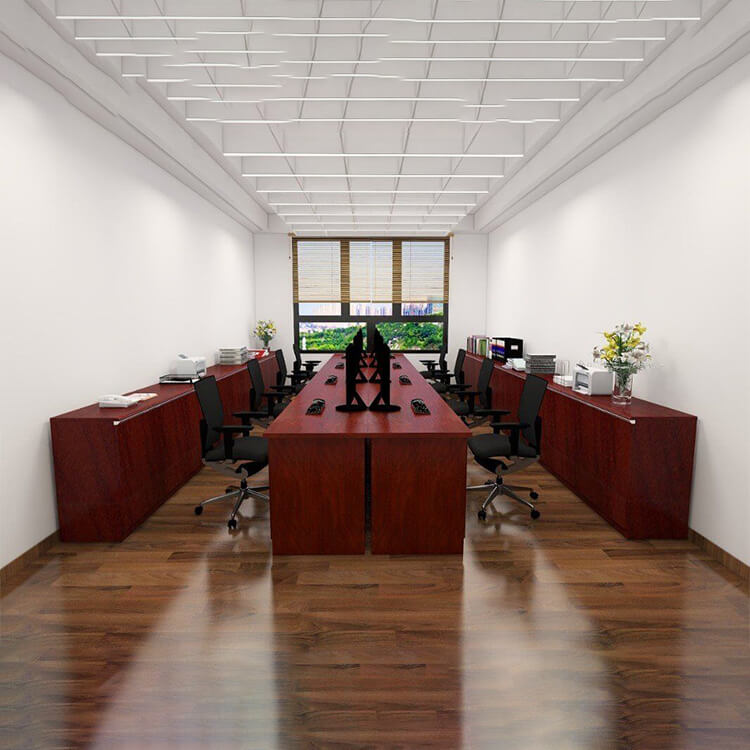
Based on research results, the design team produces preliminary plans, including floor layouts, elevation renderings, and furniture arrangement lists. The core of office furniture customization lies in a "people-oriented" approach, balancing ergonomics and aesthetic requirements—such as selecting appropriate desk/chair heights, storage space, and partition screens. During plan confirmation, repeatedly verify material, color, and accessory details with clients to avoid design discrepancies caused by poor communication.
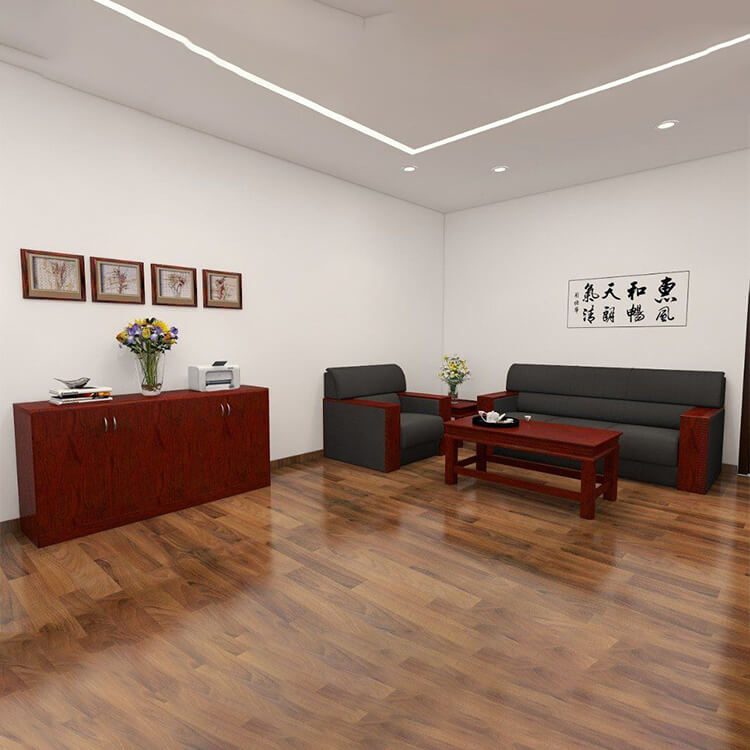
The key to a successful office furniture customization project lies in high-quality manufacturers and transparent contracts. Enterprises should prioritize suppliers with self-owned factories and environmental certifications, ensuring E0/E1 eco-standards and structural safety through on-site production line visits and sampling tests of panels/hardware. The contract must specify quantity, delivery time, payment terms, warranty period, and acceptance standards to provide a basis for subsequent claims and maintenance.
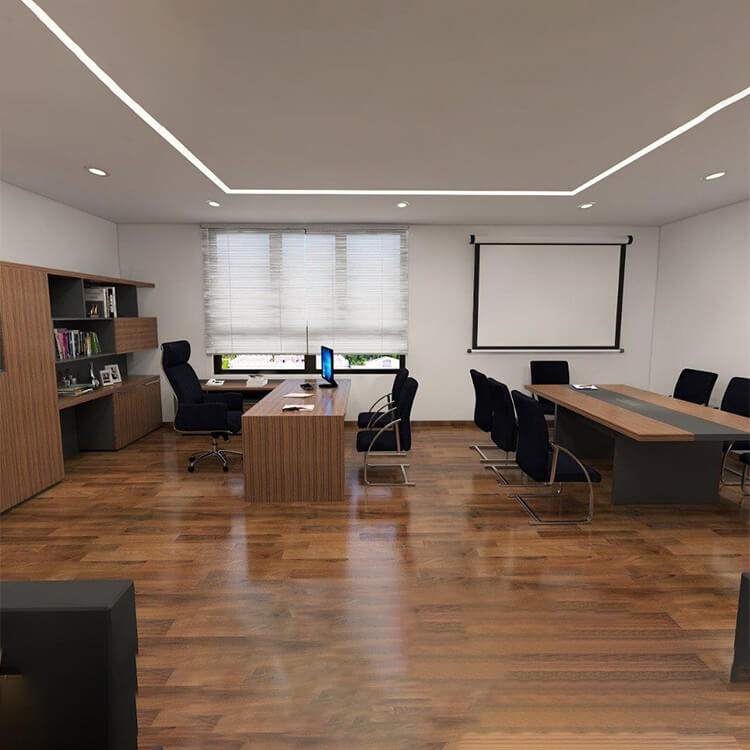
During production, the project team must maintain real-time communication with suppliers and track order status via ERP or production schedules. Implementation key points also include setting quality inspection checkpoints at critical nodes: cutting precision, edge banding integrity, hardware installation firmness, and spraying effects. Regular quality feedback meetings help identify and resolve issues promptly, preventing defective products from entering storage.
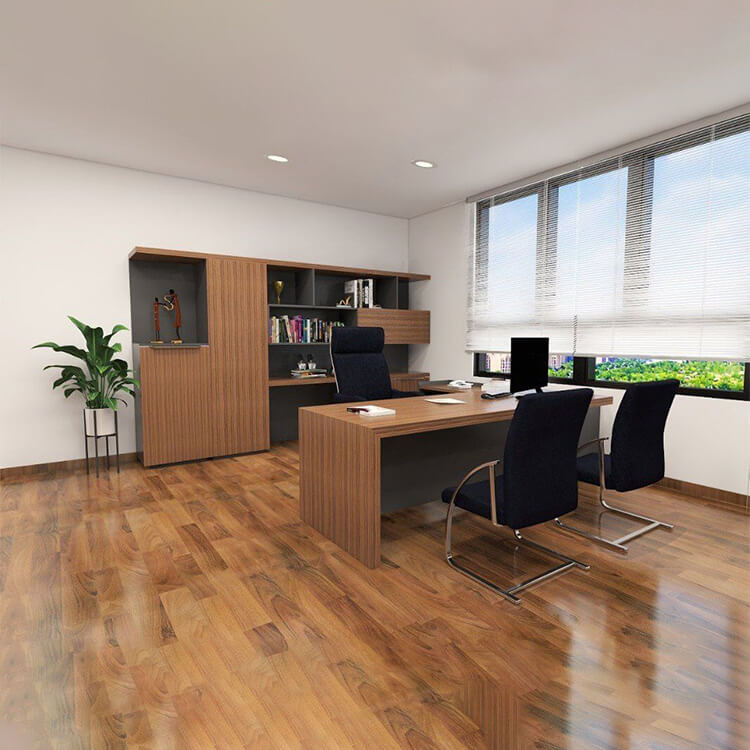
After production, organize a professional logistics team for packaging, loading, and transportation to ensure finished products remain undamaged. Upon arrival, the project manager should arrange professional installers to work in an orderly manner according to installation drawings and manuals, coordinating with weak current cabling, floor protection, and space verification. After installation, organize client acceptance, fill in acceptance forms, and archive photos for future maintenance.
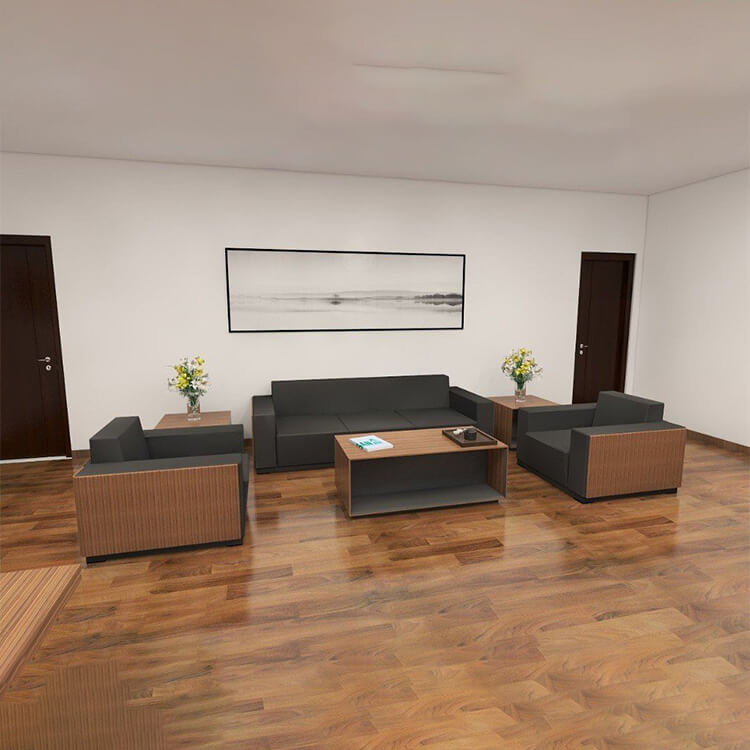
In early 2025, Aiven Technology launched the renovation of its headquarters office building (approximately 1,500㎡), customizing 80 workstations, 4 conference tables, and lounge area furniture. The project was completed in just 25 working days, thanks to:
Precise pre-planning measurements and plan confirmation to reduce on-site changes;
Adopting modular design for mass production to shorten the delivery cycle;
Strict quality control and collaboration with professional installation teams, achieving a 98% customer satisfaction rate.
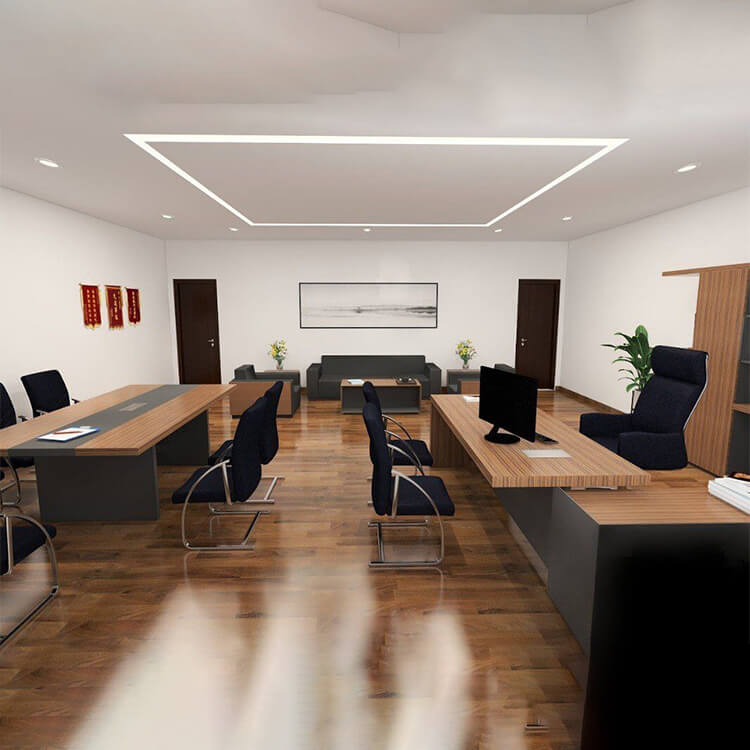
The implementation key points of office furniture customization projects cover preparation research, design confirmation, supplier selection, production control, and on-site installation. Through scientific process management and rigorous quality monitoring, projects can be efficiently implemented while creating a comfortable, aesthetically pleasing, and functional office environment for enterprises. Drawing on successful case experiences, project management teams can continuously optimize processes to achieve a win-win balance of cost and quality. Choose Ekintop Furniture for tailored solutions that ensure project success from concept to completion.

